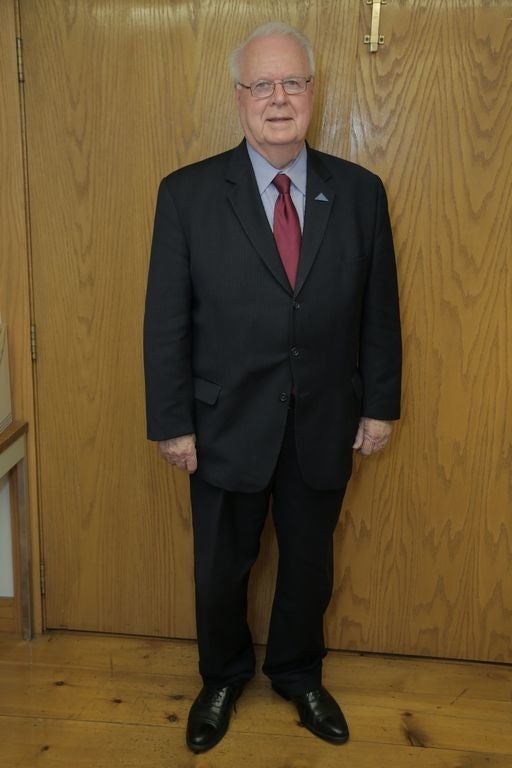Jack Healy, longtime president of the Massachusetts Manufacturing Extension Partnership, is officially stepping down from his role as president and CEO of the organization and moving into a consulting role on Friday, July 1.
The leadership change, although technically effective Friday, has been in the works over the past couple of months, Healy said. MassMEP’s center director, John Killam, is taking the reigns as president and CEO.
Healy, 80, said he was starting to become more aware of his mortality and wanted to make sure a successor was in place.
“You reach an age where you realize that there’s a certain amount of mortality involved. We wanted to make sure there was a good transition,” Healy said.
Since he started at MassMEP in 1999, the manufacturing industry has changed completely, Healy said. There has been a big shift away from large, publicly-owned companies towards a greater need for innovation and research and development on the part of smaller manufacturers — not to mention greater competition from abroad and the dot-com bust.
Killam was the natural choice as his successor, Healy said.
“John came with me in 2005, and he has worked a number of years; and I watched him through the years, and he has done an outstanding job,” he said. “The truth is as far as I’m concerned, there was no other choice but John.”
Now that he’ll have some more free time, Healy said he plans to work on the new advanced manufacturing institute the U.S. Department of Defense is bringing to Massachusetts. The institute, focused on created advanced fabrics, signals a turning point for small manufacturers, as it is forcing them to focus more on research and development in order to survive, Healy said.
“Small companies have always waited for large OEMs to come forward with their materials. Now they’re asking the supply chain to be the innovation part. That requires skills, and asking people to be trained,” Healy said. “This is recognizing for the first time that our workforce is not as trained as it could be to deal with new technologies.”

